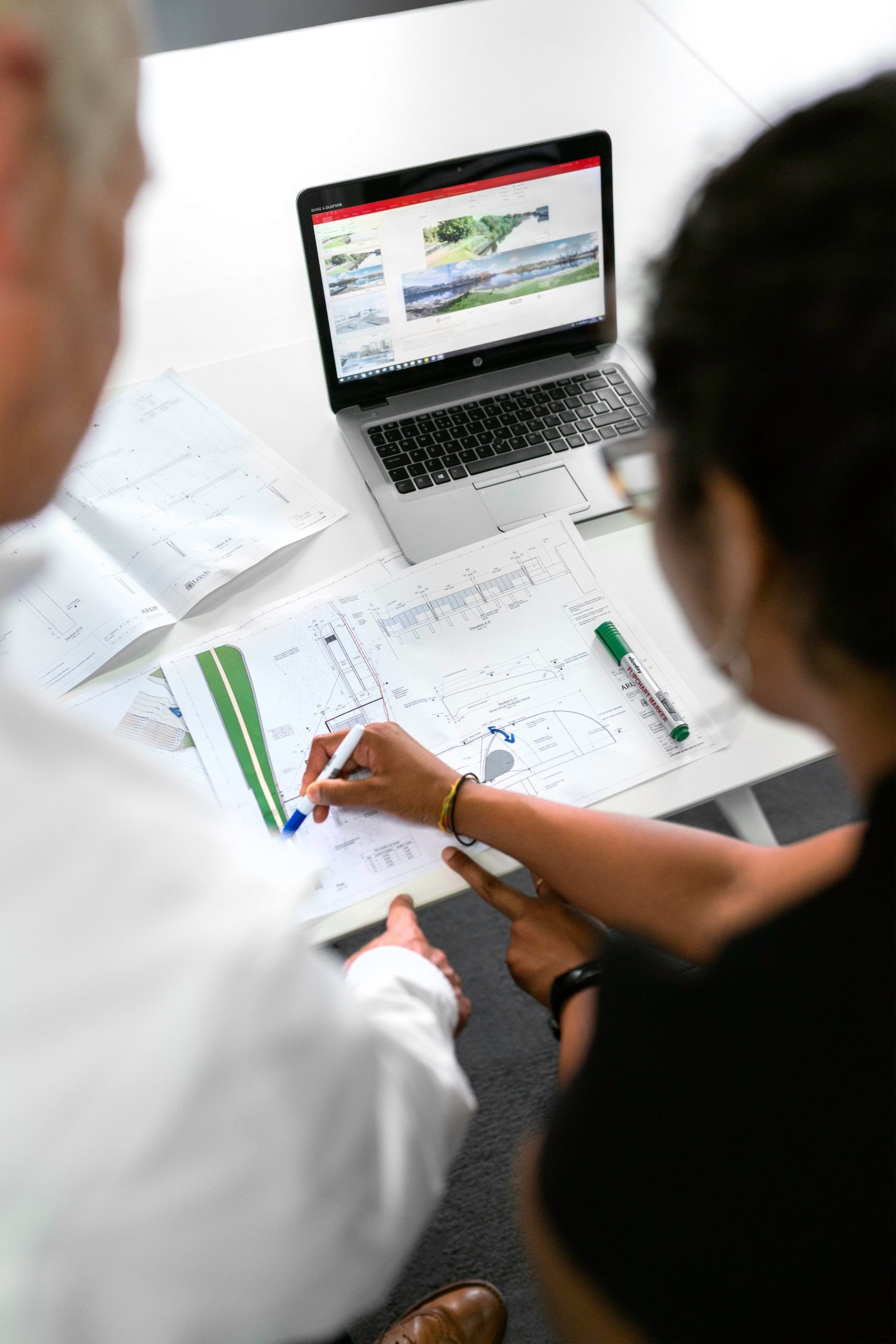As an engineer, when you're on site for an assessment or inspection, you’re confident you have a good handle on the issues. You take notes and snap pictures, and you’re positive that between your notes, photos, and memory, writing the report will be no sweat. But back in the office the next day, you flip through some close-ups of a crack and wonder, "Wait, where exactly was this again?..."
Photos are the cornerstone of any engineering assessment or inspection report. Engineering reports need hard evidence to back up observations and recommendations. Plus, as they say, “a picture is worth 1,000 words.” However, in actuality, only good pictures - quality photos with context - are worth anything.
Your assessment or inspection photos have to tell a complete story that anyone can follow - whether it’s your supervisor who needs a quick rundown of the project the next day, you when you’re writing your report a few days later, or your client who is reading your report a few weeks later. Investing a little more time on site and having discipline in how you take photos can save a lot of headaches down the road.
Learning how to establish meaningful context and organization with assessment or inspection photos can instantly boost your engineering value. Here are five tips for taking better site visit photos:
1) Take photos in a far-away/up-close sequence
Establishing context for your close-up photos is one of the main things you can do to take meaningful photos. It's so easy just to click as you go - to take a quick close-up picture of the damage you observe and then move on. But when you sit down in the office, all you have is a bunch of zoomed-in photos with no context in terms of location or scale
Before you take that close-up shot, take a few steps back and get an overall picture of the area. Then, zoom into your item of interest. Continue this far-away/up-close sequence for all of your photos, and you’ll end up with a comprehensive ‘story’ of your assessment or inspection. It may take a few extra seconds to get that far away shot, but the next day when you're flipping through photos, you'll be thankful you have a series of far-away/up-close photos that you can easily follow.
2) Take a “key-plan shot” to establish location
Sometimes, a far-away shot may not even be helpful enough. If you're inspecting a large building or site with a lot of redundant components, you may need an extra piece of info in your photo set.
For instance, let’s say you observe a damaged column while performing a general assessment of a large warehouse. With endless columns in all directions, a far-away shot isn't going to do much when it comes to helping you get your bearings. In this case, it may be helpful to take a picture of where the item is on your foundation or framing key plan before taking far-away/close-up pictures of the damage. I like to literally point to the location with my finger or pen or identify the location with a number. Later, when going through photos, these “key-plan shots” are an easy indicator for what photos are coming up.
3) Take photos of your measurements
Whether it’s measuring flange and web dimensions to determine an existing beam size during a general assessment or measuring rebar spacing to ensure quality assurance during a special inspection, measurements are a key part of most site visits. Of course, you take notes, but how often do you wish you could double check your measurements? Was the flange really ½” thick, or was it actually closer to ⅜”?...
This is where taking pictures of dimensions or measurements with the tape measure, calipers, or other measuring device in the photo can be helpful. Then, when you go back to evaluate your site notes, there's no question about the beam dimension or rebar spacing. You can double check your notes without having to make another visit or rely on a contractor to field verify the measurement!
4) Take photos in order
Depending on your inspection type, it may help to take photos chronologically as you walk a site. Take note of the point at which you start and the path you take. That way, you know your photos follow a specific route.
Alternatively, if you are following a checklist or itemized document, it may help to group certain types of photos together. Then, you know your first set of photos are for “item A”, the next set for “Item B” and so on.
5) Reorganize photos back in the office
Sometimes, taking photos in a specified order just isn't feasible. There may be people or things in your way, and in order to be efficient, you have to move on and come back to this area later. Or, maybe towards the end of your inspection, you notice one more issue in an area where you have already taken photos. In this case, renaming photos when you get back to the office can be beneficial.
Once all of your photos have been downloaded to your computer, you can open the folder, select all of the out-of-order photos that need to be grouped together, right click, and click “Rename.” You can then write a short description (such as “Issue A”), and the photos will be renamed “Issue A (1)”, “Issue A (2)”, and so on.
Assessment and inspection photos are vitally important for backing up claims, explaining issues, or even just accurately remembering site conditions. You usually don’t have the time or fee to go back out to sites to get information you missed or are questioning. Using one or a combination of these methods can help ensure you get all the information you need on site, and you’re not left struggling to piece things together in the office.



There are no comments.